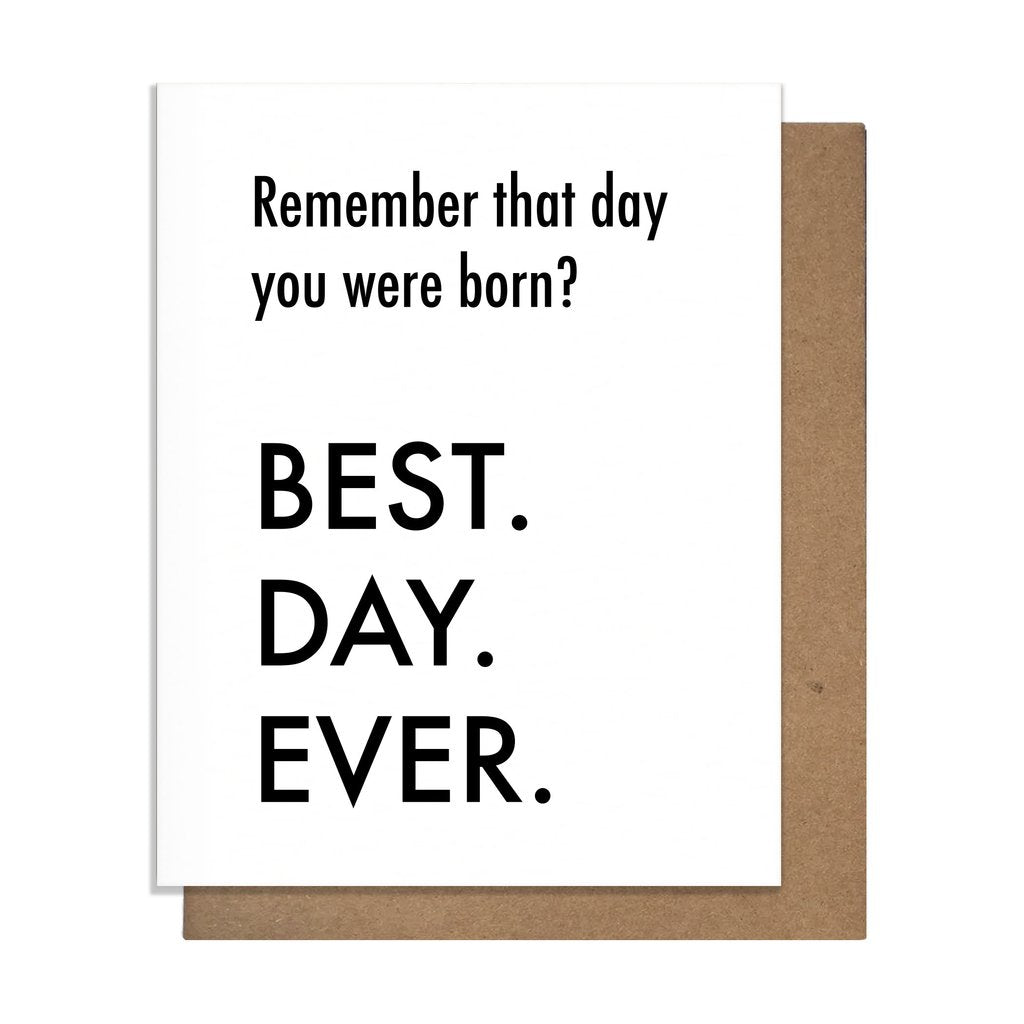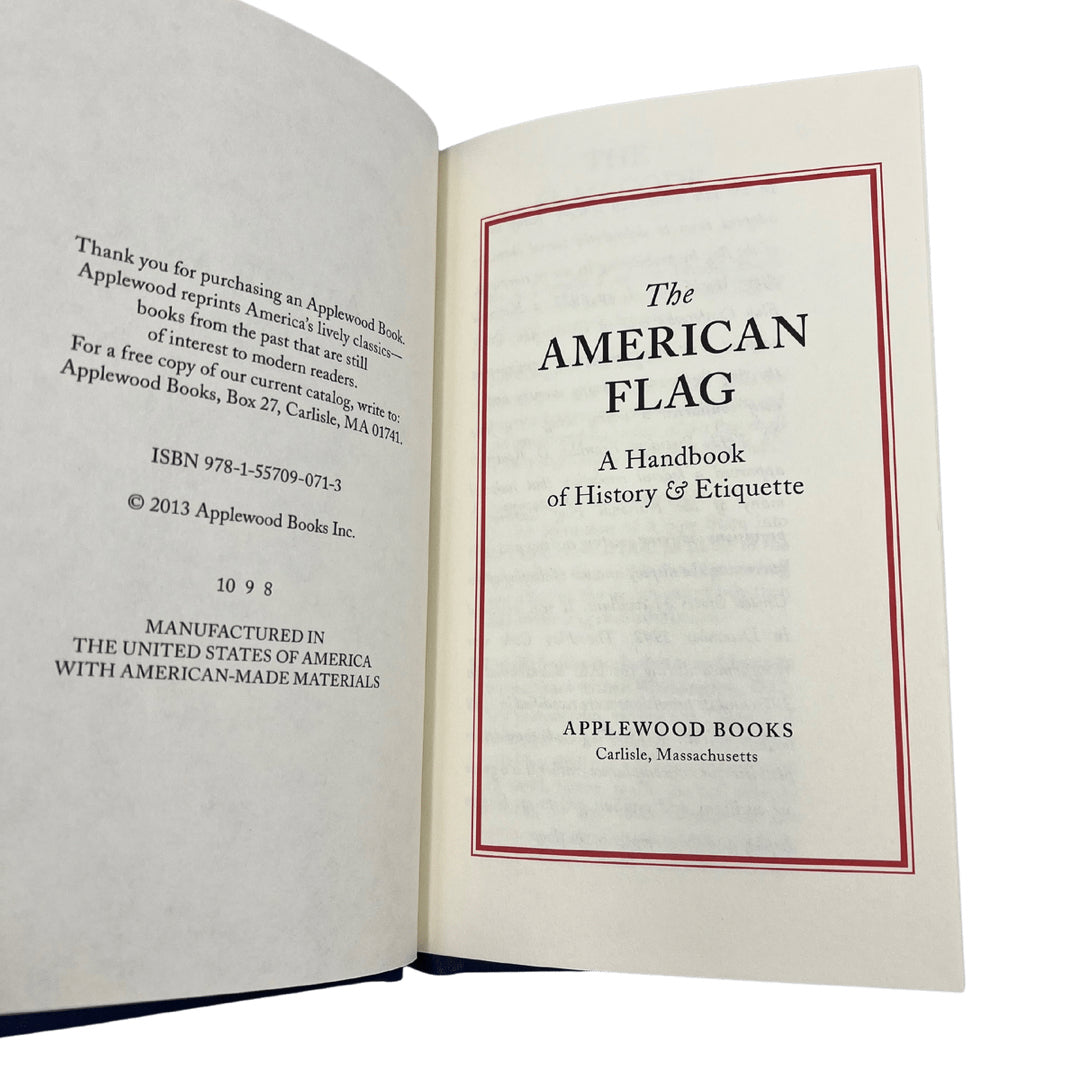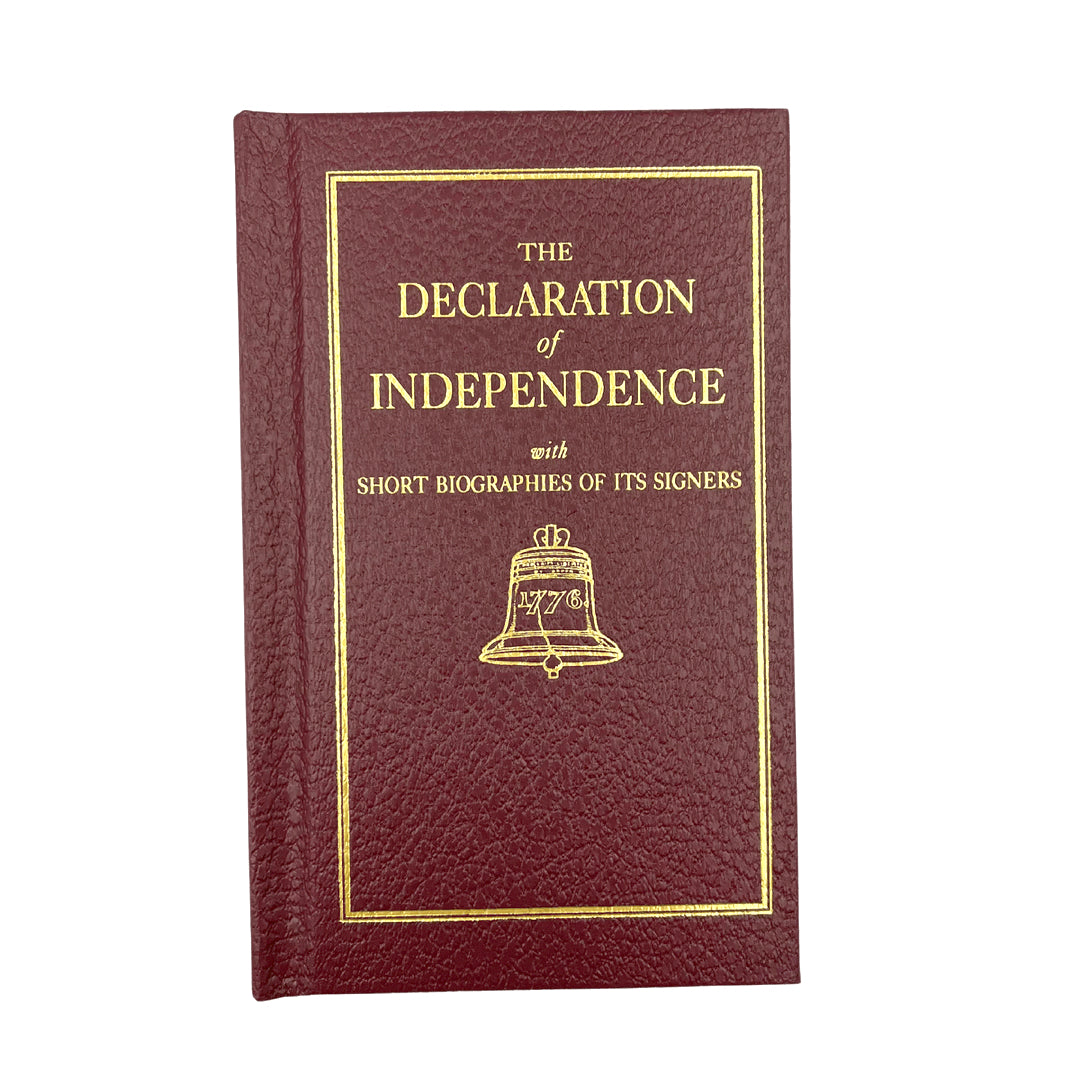1898 Hubble Big Horse Cheyenne Portrait by Frank A. Rinehart
$3,500.00
Frank Albert Rinehart (February 12, 1861-December 17,1928) was an American artist famous for his drawings, paintings, and photographs depicting Native American personalities and scenes, especially the leaders and members of the delegations who attended the 1898 Indian Congress in Omaha.
Rinehart was born in Lodi, Illinois. He and his brother, Alfred, moved to Colorado in the 1870's and found employment at the Charles Bohm photography studio in Denver. In 1881 the Rinehart brothers formed a partnership with famous Western photographer William Henry Jackson, who had achieved widespread fame for his images of the West. Under Jackson's teachings, Rinehart perfected his skills and enveloped a keen interest in Native American culture. Frank Rinehart and Anna, the receptionist of Jackson's studio, married and moved to Nebraska by 1885. In downtown Omaha, Rinehart opened a studio in the Brandeis Building, where he worked until his death.
In 1898 Rinehart was commissioned to photograph the Trans-Mississippi and International Exposition held by the Indian Congress and the Native American personalities who attended it. Together with his assistant Adolph Muhr (who would later be employed by the famous photographer Edward S. Curtis), they produced what is now considered "one of the best photographic documents of Indian leaders at the turn of the century." Rinehart and Muhr photographed American Indians at the Indian Congress in a studio on the Exposition grounds with an 8 x 10 glass-negative camera with a German lens. Platinum prints were produced to achieve the broad range of tonal values that medium afforded.
After the Indian Congress, Rinehart and Muhr traveled the Indian reservations for two years, photographing Native American leaders who had not attended the event, as well as documenting general aspects of the indigenous everyday life and culture (Ortiz, 2005).
This portrait features Cheyenne chief Hubble Big Horse in traditional attire. The platinum print includes copyright, title, date, and inventory number in the negative.
CONDITION:
Overall very good condition for age. No visible stains or tears. Framed according to conservation standards in a thin black frame with white mats.
Framed dimensions: 18 ¾” H x 16 ¼” W x 1” D.
Share:
Related Items
Antiques
American-Made Goods
News & Updates
Sign up to get the latest on sales, new releases and more …
© 2024 The Great Republic. All Right Reserved.










